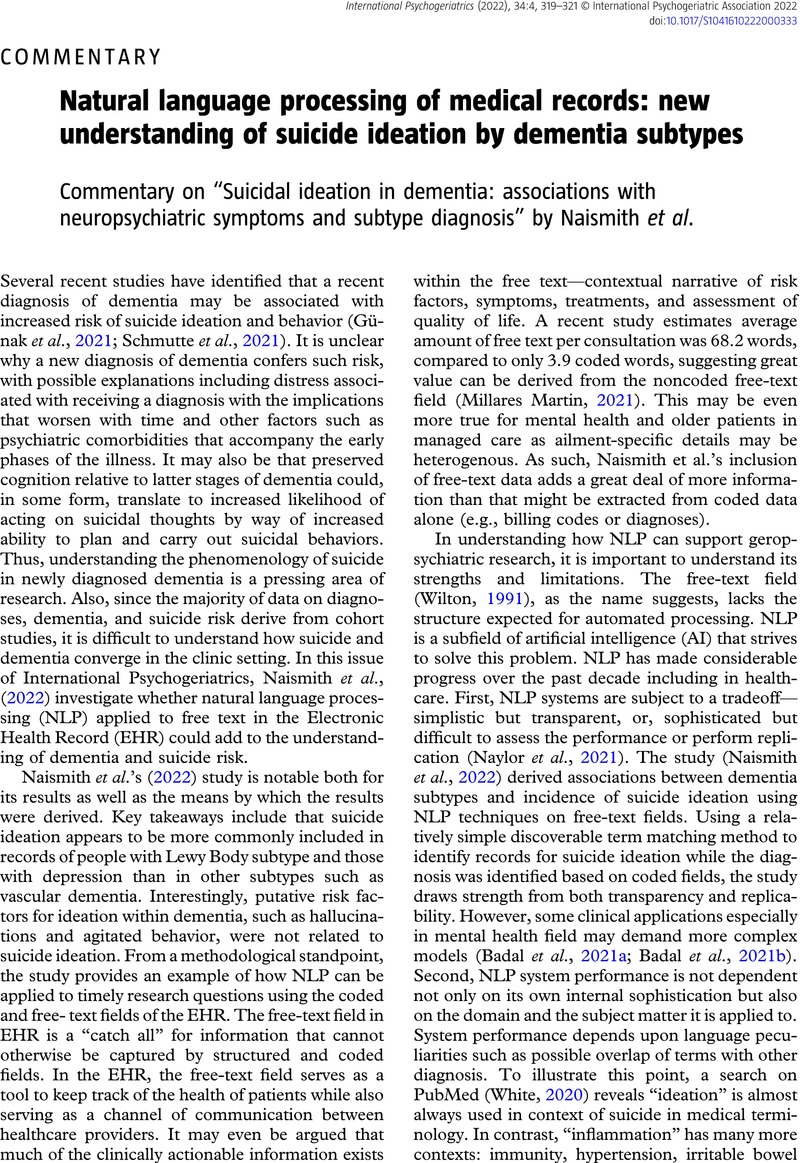Crossref Citations
This article has been cited by the following publications. This list is generated based on data provided by Crossref.
Ning, Hui
and
Chen, Zhenyu
2023.
Fusion of the word2vec word embedding model and cluster analysis for the communication of music intangible cultural heritage.
Scientific Reports,
Vol. 13,
Issue. 1,





